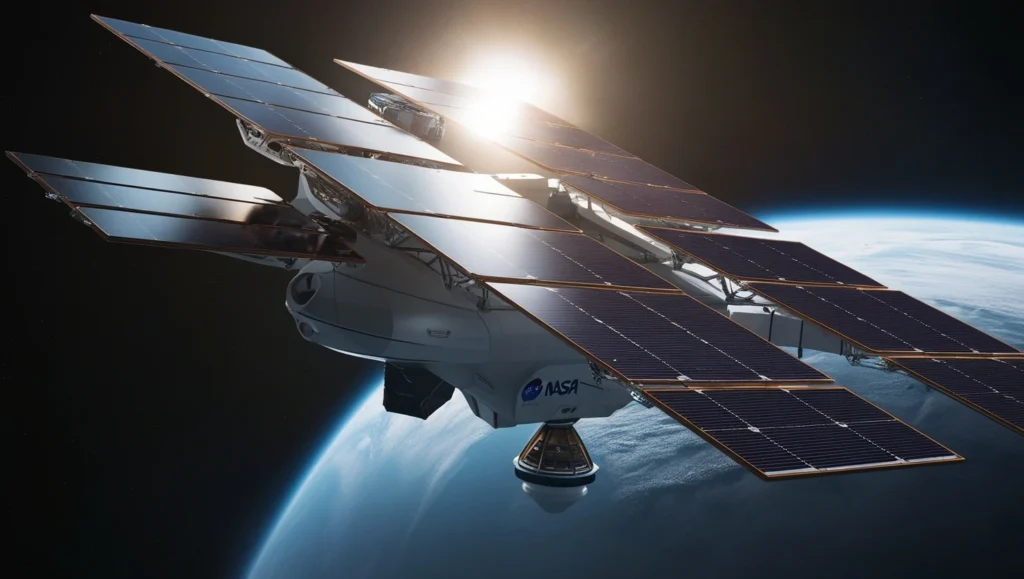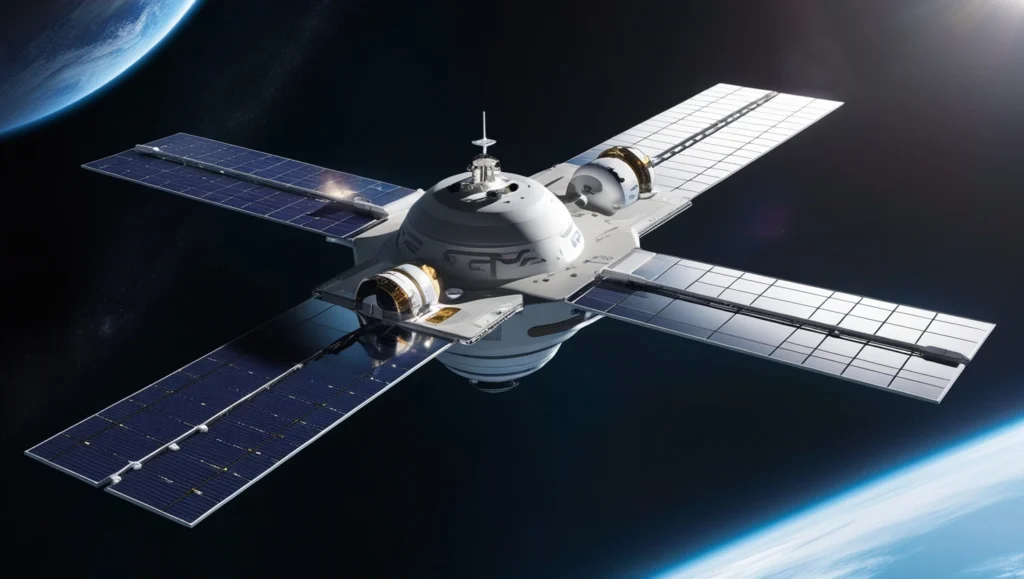Have you ever looked up at the night sky and wondered how spacecraft manage to survive and thrive in the harsh vacuum of space? A big part of the answer lies in solar panels. NASA has mastered the use of solar energy to power everything from satellites to space rovers. But here’s the exciting part: the same solar technology keeping space missions alive can also transform your energy choices here on Earth.
In this article, you’ll explore how NASA uses solar panels in space, what makes these systems unique, and what valuable lessons you can apply to your own solar journey.
Why Solar Power Is Crucial for Space Missions
Out in space, there’s no gas station or power grid to tap into. You’re completely dependent on what you bring—or harness—for energy. That’s why NASA relies heavily on solar power. Solar panels are lightweight, renewable, and capable of generating consistent energy from the Sun.
Unlike on Earth, where weather and location impact output, space offers uninterrupted sunlight, making it an ideal environment for solar collection.

How NASA’s Solar Panels Work in Space
NASA designs its solar arrays to perform under extreme conditions—think cosmic radiation, temperature fluctuations, and zero gravity. Here’s what makes them different from typical home solar systems:
- High-Efficiency Cells: NASA uses multi-junction photovoltaic cells that can exceed 30% efficiency—much higher than standard residential panels.
- Deployable Arrays: Spacecraft like the International Space Station (ISS) use solar panels that unfold like origami, maximizing surface area after launch.
- Tracking Mechanisms: These panels constantly adjust their position to follow the Sun, ensuring optimal energy capture 24/7.
Real Examples: NASA’s Solar-Powered Marvels
1. International Space Station (ISS)
The ISS features eight massive solar arrays generating over 100 kilowatts of power. That’s enough to run more than 40 average U.S. homes. These panels power life support, scientific experiments, and communication systems.
2. Mars Rovers (Spirit, Opportunity, and Perseverance)
Solar panels keep these robotic explorers charged on the Martian surface. NASA designed the panels to handle dust accumulation, low temperatures, and long Martian nights.
3. Juno Spacecraft
Orbiting Jupiter—hundreds of millions of miles from the Sun—Juno uses solar power despite the low sunlight intensity. It has three large solar arrays that keep it running even in dim conditions.

What You Can Learn from NASA’s Solar Innovations
Here’s how you can apply NASA’s space-tested technology to your own solar setup:
1. Optimize Panel Placement
Just like NASA uses solar trackers in space, you should ensure your panels face true south (in the Northern Hemisphere) or install tracking mounts for better performance.
2. Choose High-Efficiency Panels
While multi-junction cells are still too expensive for homes, premium monocrystalline panels offer higher output in limited space—ideal if your roof area is small.
3. Plan for Extreme Conditions
If you live in areas prone to snow, storms, or high heat, look for solar panels with rugged frames, high temperature tolerance, and strong warranty coverage.
4. Monitor Your System
NASA constantly monitors power systems remotely. You can too—modern solar inverters and apps allow you to track performance and spot issues early.
The Future: Earth-Based Solar Tech Inspired by Space
NASA’s innovations often trickle down to consumer technology. Expect to see:
- Lightweight, flexible solar panels for curved surfaces and mobile use.
- Battery integration modeled after NASA’s spacecraft storage systems.
- Smarter microgrid controls that mimic space mission redundancies for reliability.

Final Thoughts
When you see a satellite or rover powered solely by the Sun, remember—it’s proof that solar energy works even in the most demanding environments. If solar power can sustain life in space, imagine what it can do for your home, business, or off-grid project.
🚀 Ready to launch your own solar journey? Subscribe to our newsletter for expert tips, NASA-inspired tech updates, and solar panel reviews that help you make smart energy decisions—right here on Earth.









